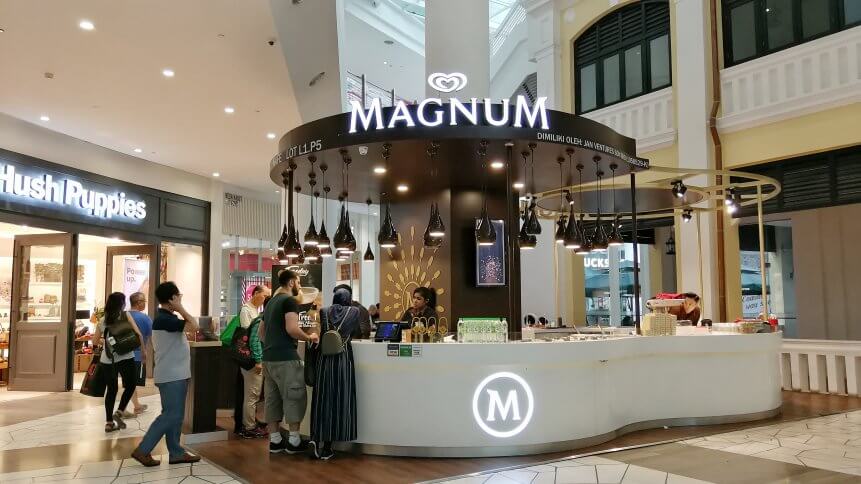How pop up retail will revitalize physical commerce

Seventy-percent of British shoppers believe pop up retail can revitalize retail, according to research by online marketplace OnBuy.com.
It surveyed 1,424 people and found three main factors that would make them want to visit a pop-up: the prospect of freebies (65 percent), a unique experience (61 percent) and the chance to try new products not yet available (57 percent).
The rise of pop up retail
Cookery pop-ups were of most interest, with two-thirds of the vote (60 percent), followed by fashion (50 percent), cosmetic (47 percent), tech (40 percent) and art (37 percent).
Sixty-percent believe these shops are becoming popular as it is easier to discover independent, or smaller brands.
Other factors include it being fun and exciting (57 percent) and a more intimate and personal way to connect with consumers (43 percent).
The biggest turn offs, meanwhile, include overcrowding (73 percent), no products available to try (50 percent), visually unappealing qualities like abrasive music and colours (47 percent) and no staff on hand to answer queries (37 percent).
So, pretty much all the things you associate with failing High Street stalwarts like WHSmith and Boots.
Which brands are launching pop-ups?
Certainly, there has been no shortage of retailers venturing down this route of late. Online homeware venture Wayfair is set to open a two-floor, pop up showroom in London on August 1, showcasing its offering and providing customers with a preview of its Christmas range.
Visitors will be able to use iPads to browse and purchase items they see in-store for home delivery, as well as the full range of products sold online. This will be the first physical space Wayfair has trialled in the UK.
Elsewhere, Sainsbury’s will this week launch The Clean Vic, a pop-up pub in central London which will only serve no or low alcohol drinks.
It will offer a range of 20 drinks, from craft beer Lucky Saint to Celtic Soul, the UK’s first non-alcoholic dark distillate. Entry costs £5, which includes two free drinks and bar snacks. You can also take a mocktail-making master class or attend a beer tasting session at just £12.
For a second year, Disney will open a West End pop-up in Covent Garden for two months. This will showcase four of its shows– Frozen, Mary Poppins, Aladdin and The Lion King– and will include multi-media experiences and a virtual reality-powered show from The Lion King.
YOU MIGHT LIKE

Why small businesses need technology
And last but not least, last month the Co-op rocked the Glastonbury festival with an eco-friendly pop-up. “The festivals are a great opportunity to push boundaries with new technology and this year we have been again trialing deposit return machines and have also introduced electronic counter cache machines,” said Alasdair Fowle, Head of Partnerships at Co-op.
Ready-made sandwiches in 100 percent compostable packaging were on sale, in what the Co-op claimed was a first for a national food retailer. Compost rubbish bins were also available at the site.
The retailer also sold recyclable aluminium cans of spring water and refillable water bottles which could be filled from water taps on the site. Glastonbury banned the use of single-use plastic bottles this year.
Let’s get physical
As we recently reported, UK retailers are facing incredibly tough times right now, thanks in no small part to the unholy mess that is Brexit. Pop-ups, powered by innovative technologies, are not going to single-handedly save the day, but it’s easy to see why they are gaining serious momentum.
To compete with e-commerce big hitters like Amazon, retailers must move beyond old ways of thinking and enhance the in-store environment.
What better way to do that than unique, immersive, interactive experiences?
And as the Wayfair example highlights, pop-ups are also a relatively low budget, low risk way for pure-plays to test the bricks-and-mortar waters. Everybody wins.








